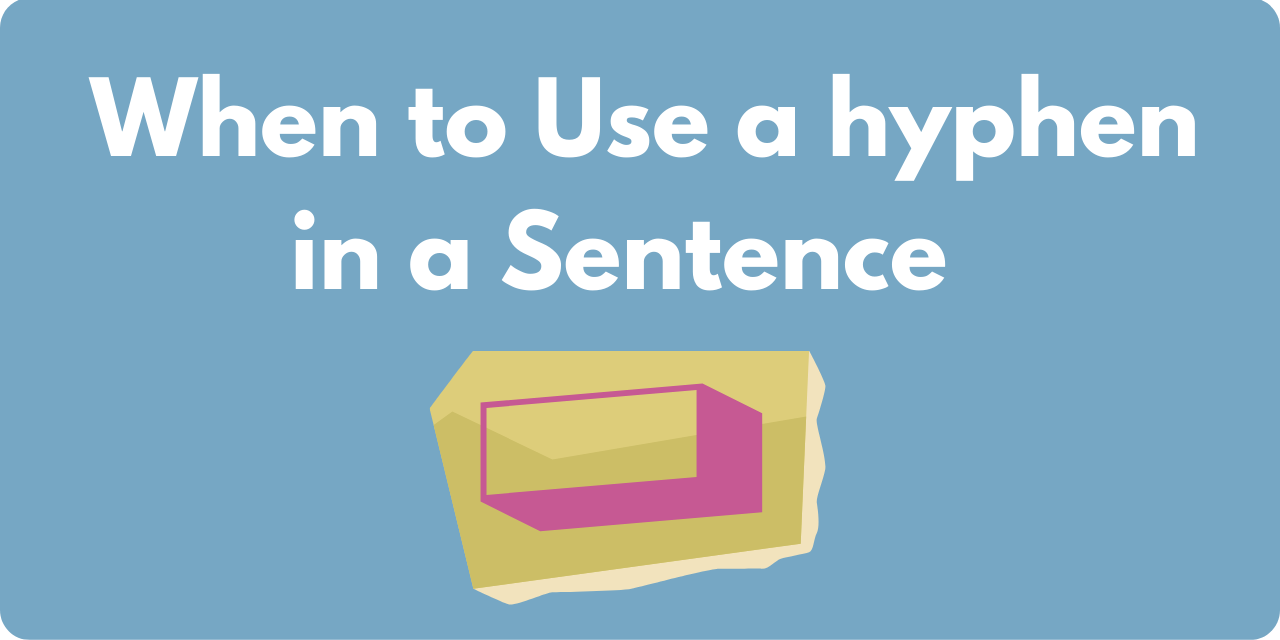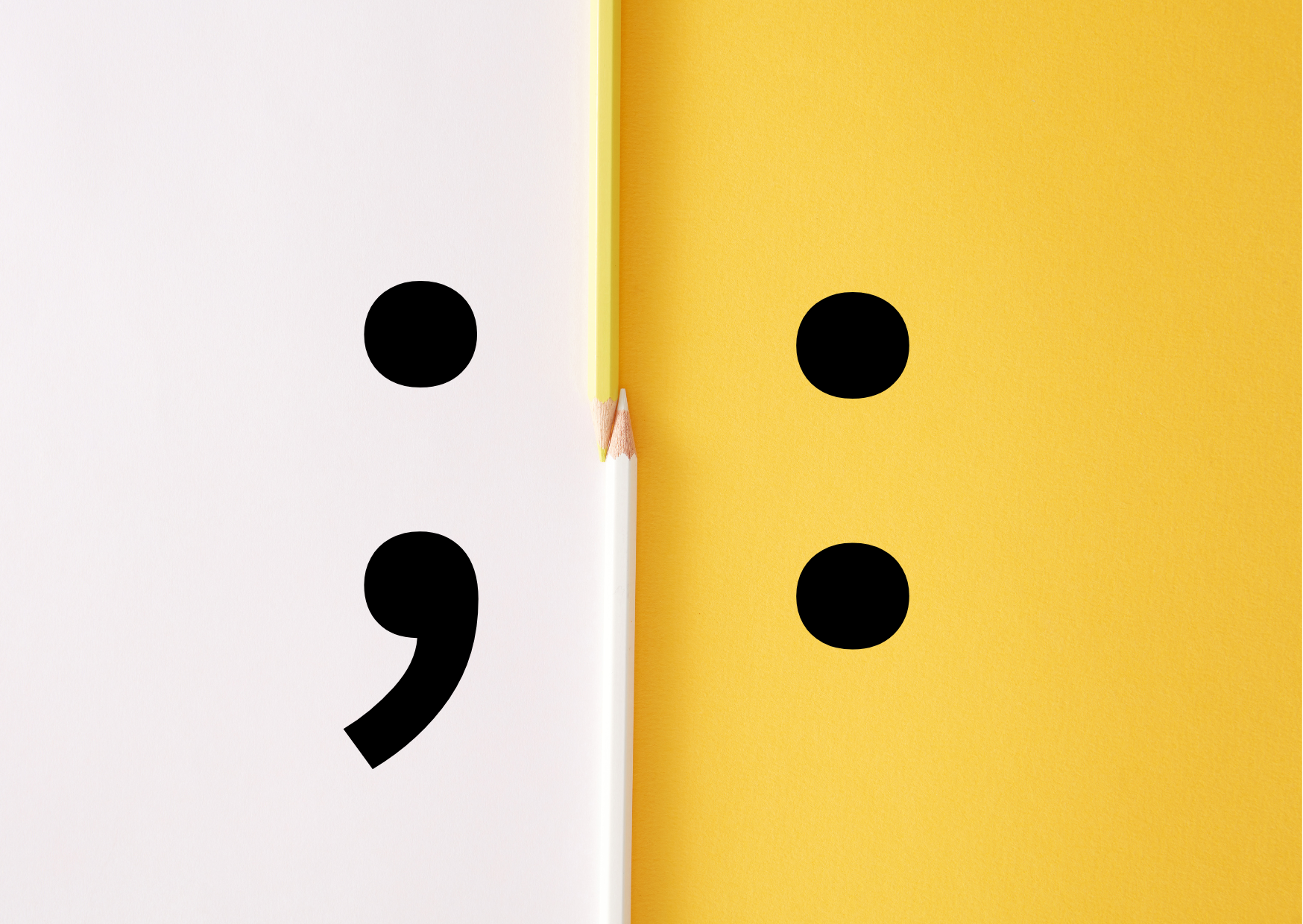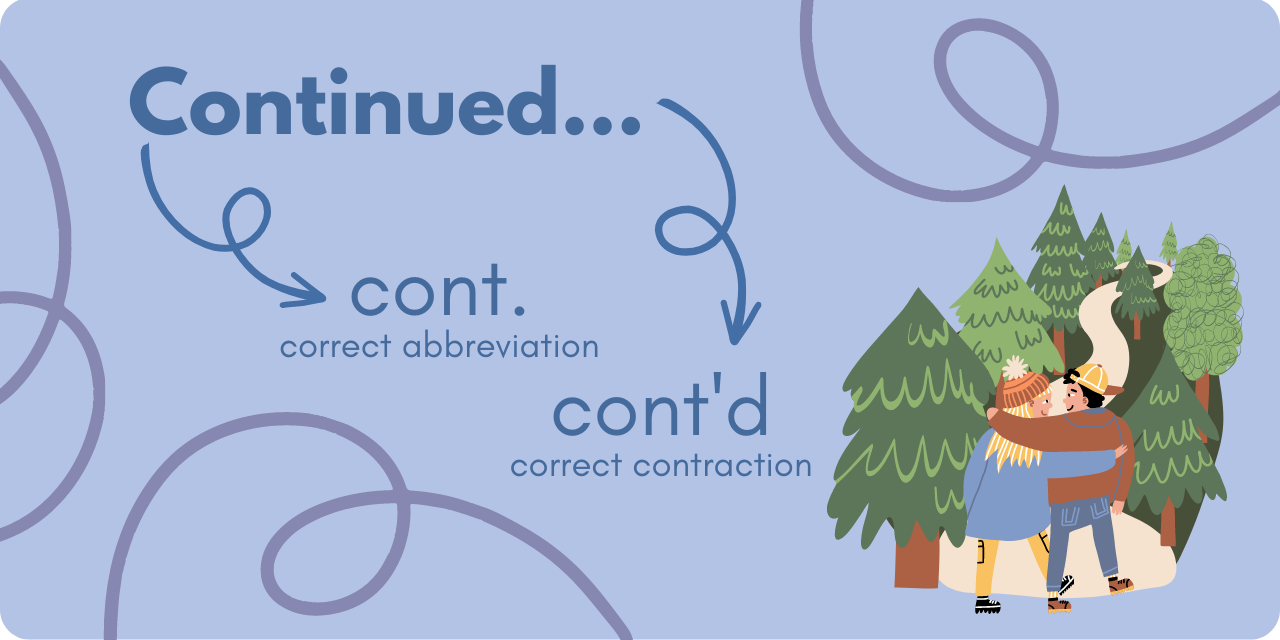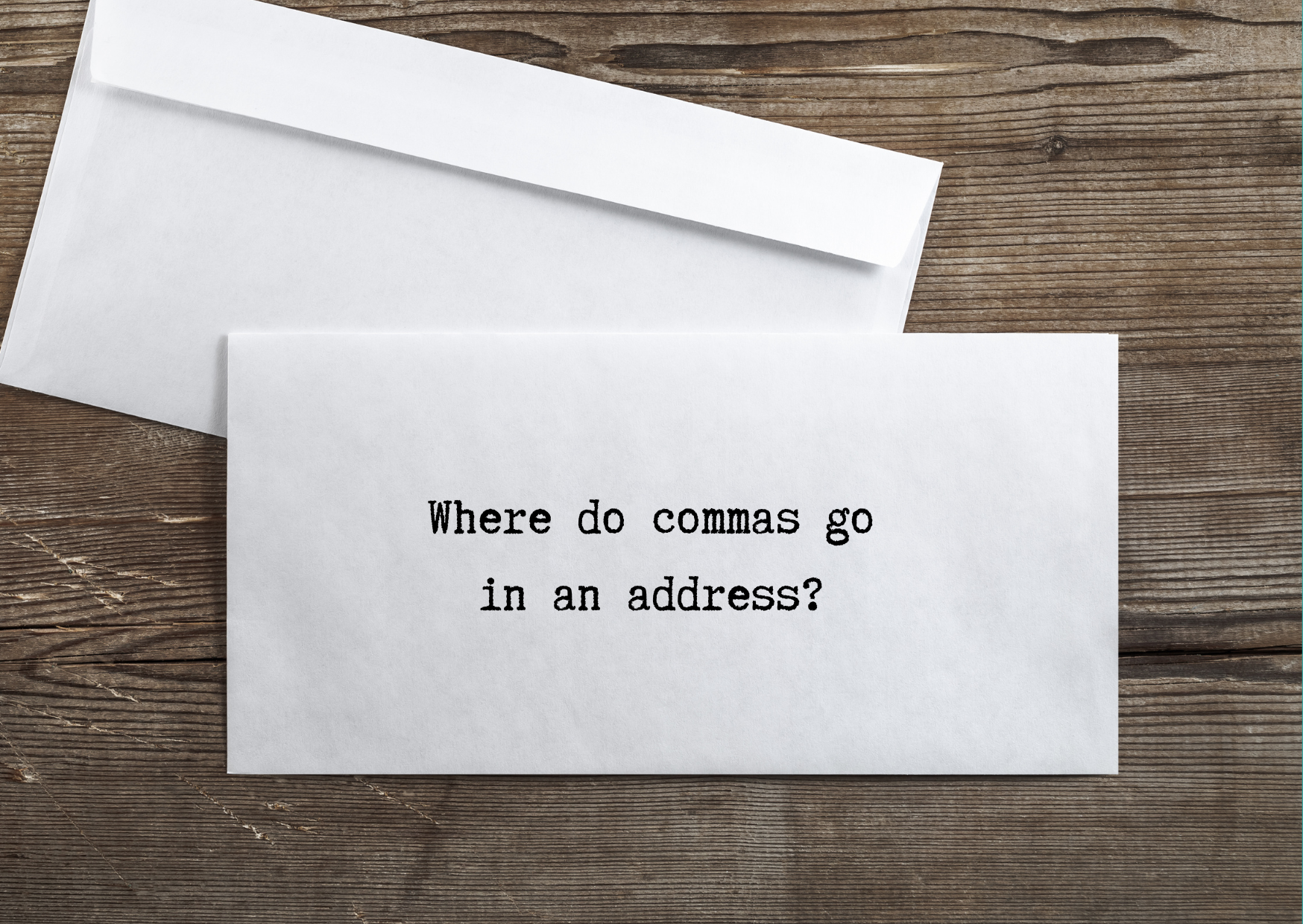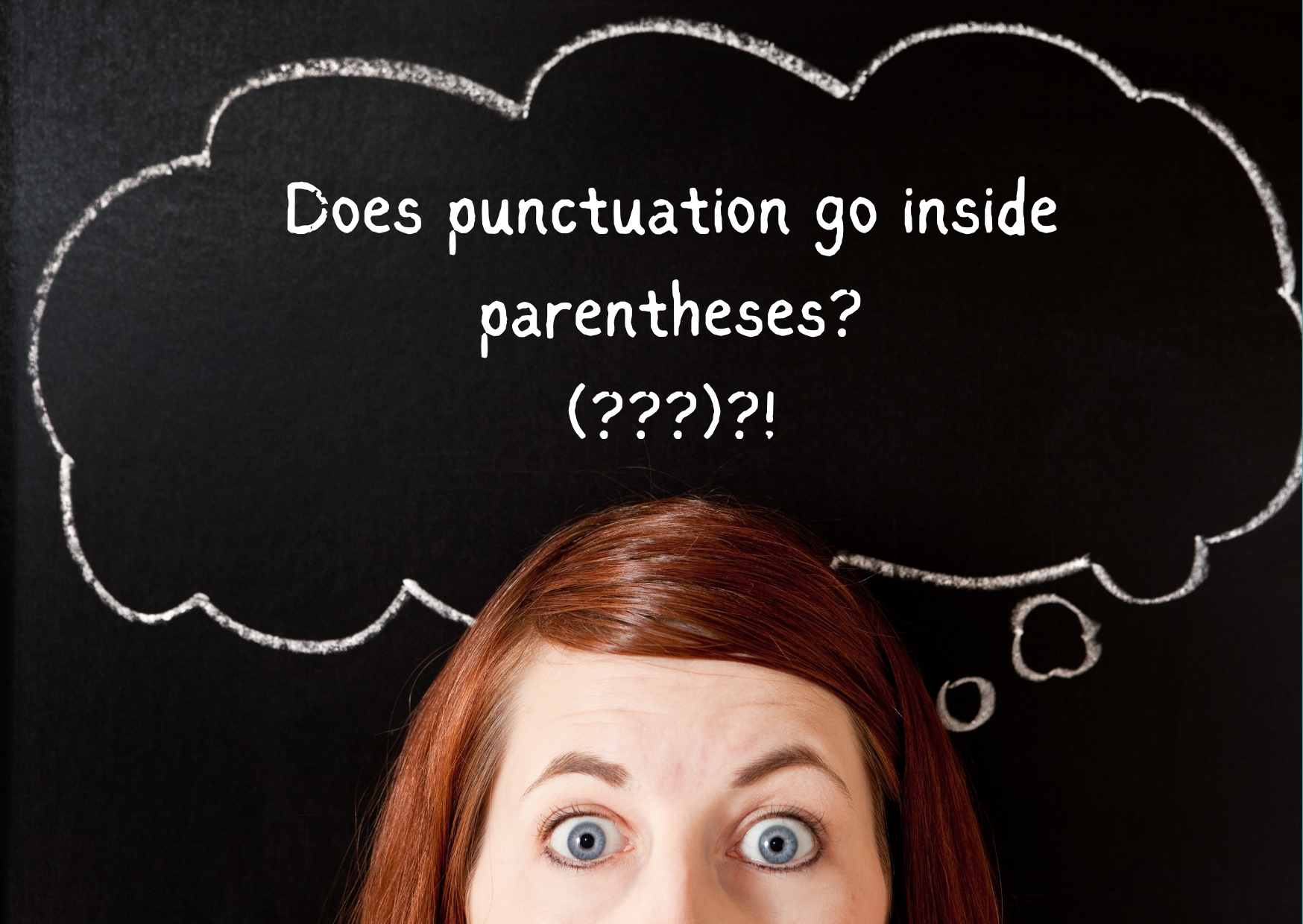What Does e.g. and i.e. Mean?
The common abbreviation e.g. means for example in Latin, translated from the phrase exempli gratia. Similarly, another abbreviation, i.e means, in other words, stemming from the Latin saying id est.
A punctuation mark always follows them in their modern-day use, such as a period, colon, or semicolon. For instance, the sentences below show correct punctuation in using these abbreviations:
- He likes lots of food, e.g. steak, fries, salmon, broccoli.
- He says that the mitochondria (i.e. the cell’s powerhouse) are his favorite organelle.
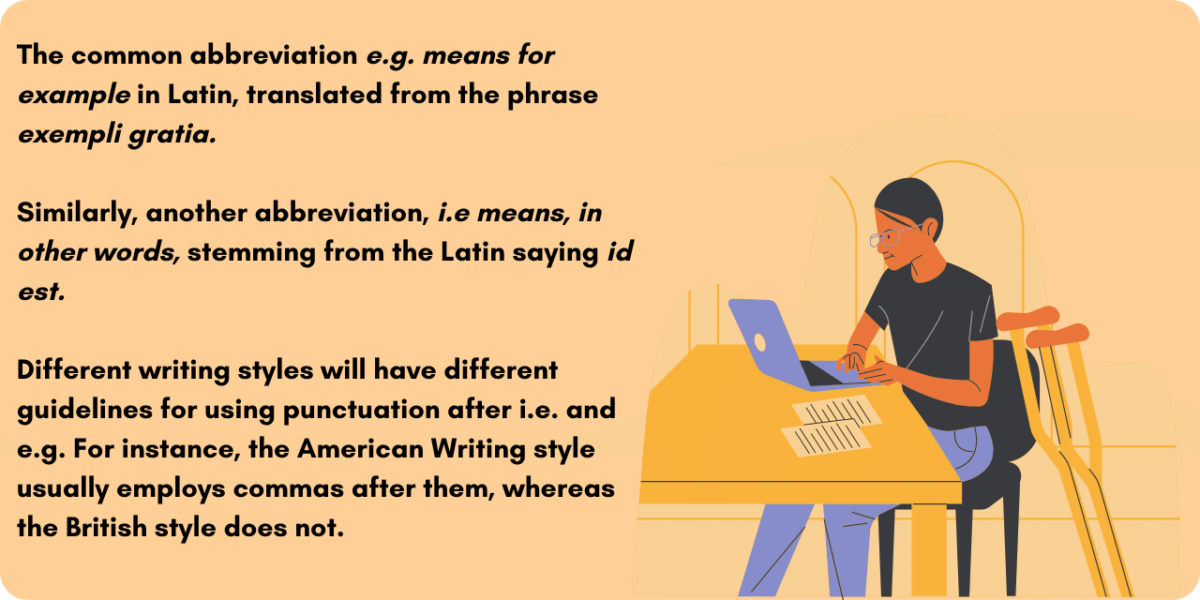
Should You Use A Comma After i.e. and e.g.?
Although the usage and basic punctuation associated with these two abbreviations seem easy, it can often get confusing if you are supposed (or even allowed) to use commas with them. In short, it depends on if you are following an American or British writing style.
According to the average American Writing style, following i.e. and e.g. with a comma, is customary. For instance, if you were using the past examples in the American Writing style, you would write:
- He likes lots of food, e.g., steak, fries, salmon, broccoli.
- He says that the mitochondria (i.e., the cell’s powerhouse) are his favorite organelle.
With this, however, it often seems as though the American Writing style is less strict about this distinction, as it still is common to see the absence of commas in a lot of informal writing.
In contrast, British English usually has no commas following i.e. or e.g., meaning that the first examples would read:
- He likes lots of food, e.g. steak, fries, salmon, broccoli.
- He says that the mitochondria (i.e. the cell’s powerhouse) are his favorite organelle.
Summary
In the end, different writing styles will have different guidelines for using punctuation after i.e. and e.g. For instance, the American Writing style usually employs commas after them, whereas the British style does not. Although it is somewhat important to know these distinctions, most people won’t notice them in lots of writing, so it is usually best to choose whatever style you like and stick to it. See our article on how the infamous Elements of Style can help you improve your writing.

